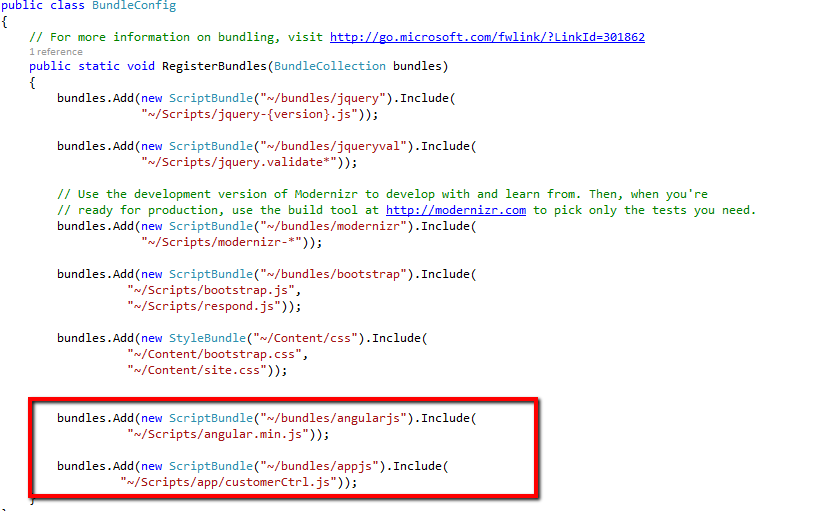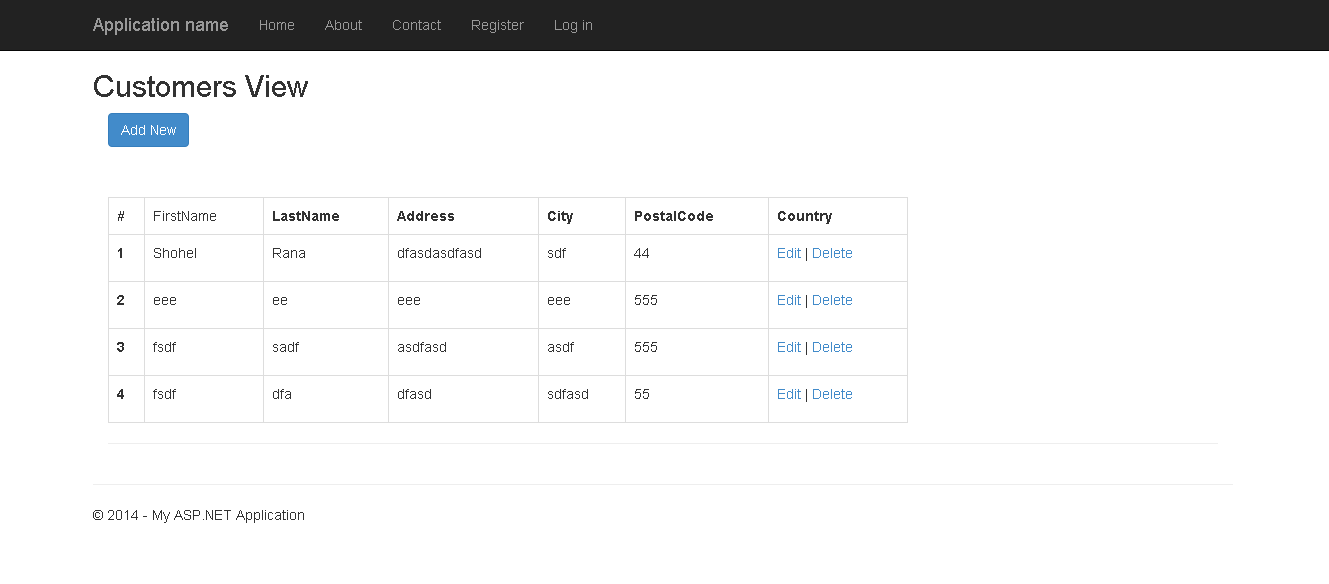For save file in binary
[AllowAnonymous]
public async System.Threading.Tasks.Task<HttpResponseMessage> PostMemberImage(int customerID, int memberID)
{
AjaxResult res = new AjaxResult();
HttpRequestMessage request = this.Request;
if (!request.Content.IsMimeMultipartContent())
{
throw new HttpResponseException(HttpStatusCode.UnsupportedMediaType);
}
if (!System.IO.Directory.Exists(System.Web.HttpContext.Current.Server.MapPath(@"~/App_Data/uploads")))
{
System.IO.Directory.CreateDirectory(System.Web.HttpContext.Current.Server.MapPath(@"~/App_Data/uploads"));
}
string root = System.Web.HttpContext.Current.Server.MapPath("~/App_Data/uploads");
var provider = new MultipartFormDataStreamProvider(root);
//
System.Threading.Tasks.Task<byte[]> img ;
byte[] img1 = new byte[1024];
var task = await request.Content.ReadAsMultipartAsync(provider).
ContinueWith<HttpResponseMessage>(o
=>
{
///MY CODE///
FileStream fsOld = new FileStream(provider.FileData[0].LocalFileName,
FileMode.Open,
FileAccess.Read);
CreateThumbnail(fsOld.Name,
166, 166);
FileStream fs = new FileStream(provider.FileData[0].LocalFileName
+ "_thumb", FileMode.Open, FileAccess.Read);
BinaryReader br = new BinaryReader(fs);
byte[] image = br.ReadBytes((int)fs.Length);
br.Close();
var filepath = fs.Name;
var maxfilepath = fsOld.Name;
fs.Close();
fsOld.Close();
////MY CODE END///////////
_memberService.SaveMemberImage(memberID, image, customerID);
try
{
if (System.IO.File.Exists(filepath))
{
System.IO.File.Delete(filepath);
}
if (System.IO.File.Exists(maxfilepath))
{
System.IO.File.Delete(maxfilepath);
}
}
catch
{
}
return new HttpResponseMessage()
{
Content = new StringContent("File uploaded.")
};
}
);
return task;
}
For html side
<input type="file" id="myFile" ng-model="myfiles" accept="text/xml" />
<button type="button" ng-click="myFunction(myfiles)" class="btn btn-xs
btn-purple mrg-t-5"><i class="
icon-cloud-upload"></i> Upload</button>
From JS
$scope.model
= {
name: "",
type: ""
};
$scope.myFunction
= function
(obj) {
var x = document.getElementById("myFile");
var txt = "";
if ('files' in myFile) {
if (x.files.length > 0 && x.files[0].type != "text/xml") {
toastr.error('Please import xml file only !'); return;
}
if (x.files.length == 0) {
toastr.error("Select one or more files."); return;
} else {
for (var i = 0; i <
x.files.length; i++) {
var file = x.files[i];
if ('name' in file) {
txt += file.name + " ";
}
if ('size' in file) {
txt +=
bytesToSize(file.size);
}
}
}
function bytesToSize(bytes) {
var sizes = ['Bytes', 'KB', 'MB', 'GB', 'TB'];
if (bytes == 0) return '0 Byte';
var i =
parseInt(Math.floor(Math.log(bytes) / Math.log(1024)));
return Math.round(bytes /
Math.pow(1024, i), 2) + ' ' + sizes[i];
};
document.getElementById("demo").innerHTML
= txt;
//return
false;
if (x.files.length > 0 && x.files[0].type == "text/xml") {
$http({
method: 'POST',
url: httpServiceUrlForService
+ "api/GPROMemberImport/PostXMLFileupload?reportingyear=" + $scope.ReportYear,
headers: { 'Content-Type':
undefined },//$scope.sourceID
transformRequest: function (data) {
//debugger
var formData = new FormData();
formData.append("model",
angular.toJson(data.model));
formData.append("file",
data.files);
if (data.files) {
$scope.message
= 'Please wait, Document is uploading...';
$scope.showPrgress = true;
}
return formData;
},
data: { model:
$scope.model, files: x.files[0] }
}).
success(function (data, status,
headers, config) {
//alert("success!");
$scope.showPrgress = false;
$scope.message = '';
$scope.files = '';
angular.element("input[type='file']").val(null);
document.getElementById("demo").innerHTML
= '';
toastr.success('Document uploaded successfully!'); return;
}).
error(function (data, status,
headers, config) {
//alert("failed!");
$scope.showPrgress = false;
$scope.message = '';
toastr.error("Failed !"); return;
});
}
}
else {
if (x.value == "") {
toastr.error("Select one or more files!");
} else {
txt += "The files property is not supported by your
browser!";
txt += "<br>The path of the selected file: " + x.value; // If
the browser does not support the files property, it will return the path of the
selected file instead.
toastr.error(txt);
}
}
// document.getElementById("demo").innerHTML
= txt;
}
Now while showing uploaded image in UI
<img class="list_photo" ng-src="data:image/png;base64,{{o.MemberImage}}" />

















